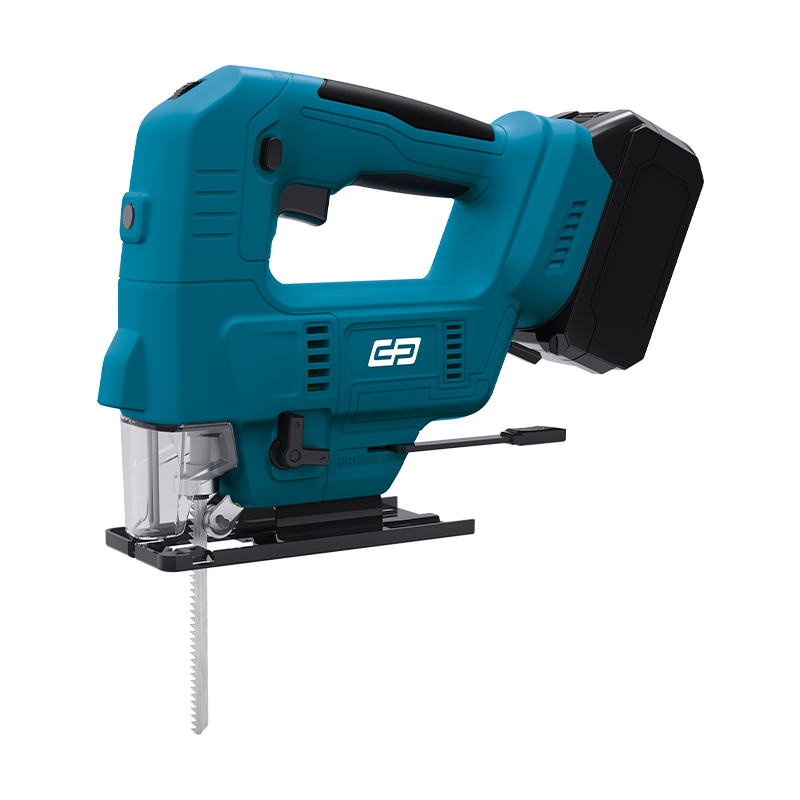Selecting an appropriate battery jig saw requires careful consideration of several technical specifications and design features. The first decision point involves battery voltage, with options typically ranging from 12V for light-duty tasks to 18V or higher for professional applications. Higher voltage generally translates to more cutting power, but also increases tool weight and size, making balance an important factor for precision work.
Stroke length significantly impacts a battery jig saw's cutting capability. Models offering 1-inch strokes or greater handle thicker materials more efficiently, while shorter strokes provide better control for delicate scroll work. Some premium battery jig saws feature adjustable orbital action settings that change the blade's elliptical motion pattern—higher orbital settings deliver faster but rougher cuts ideal for demolition work, while zero orbital settings produce cleaner edges necessary for finish carpentry.
Battery capacity directly affects work duration between charges. Measured in ampere-hours (Ah), higher capacity batteries extend runtime but add weight. Many professionals opt for mid-range 4.0Ah or 5.0Ah batteries that offer reasonable runtime without making the tool unwieldy. Some manufacturers now offer compact high-density batteries that maintain power output while reducing overall package size.
Cutting capacity specifications indicate the maximum material thickness a battery jig saw can handle. While most models cut through 2-inch wood without difficulty, metal-cutting capacity varies more significantly between units. Users frequently working with metals should seek models specifically listing metal-cutting performance, often accompanied by appropriate blade recommendations in the user manual.
Additional features that enhance a battery jig saw's functionality include adjustable base plates for bevel cuts, dust collection ports for cleaner workspaces, and electronic brakes that stop the blade immediately after releasing the trigger. Some advanced models incorporate smart technology that adjusts power output based on material resistance, preventing bogging down during tough cuts while conserving battery life during easier sections.
Price considerations should account for both initial cost and long-term value. While budget-friendly battery jig saws exist, professional users often find investing in higher-quality models pays dividends through durability, performance consistency, and access to broader battery ecosystems. Many manufacturers offer tool-only purchases for those already invested in a particular battery platform, providing cost-effective expansion options.
